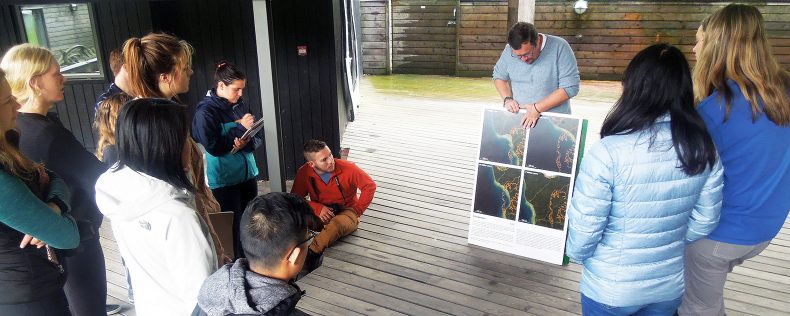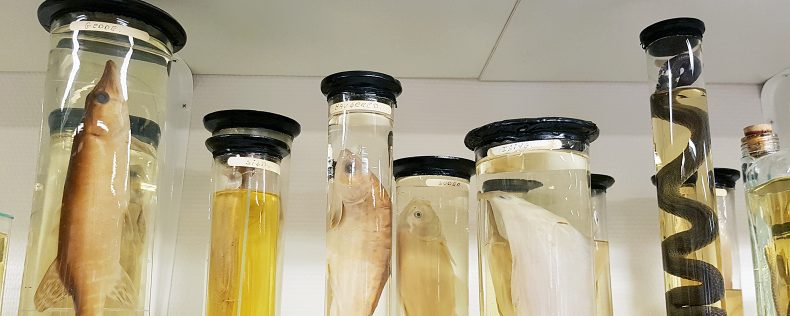The short Study Tour will offer local insights to how the Danish biodiversity is closely connected to and has a history of more Arctic species. We will study the change of species from when parts of Denmark were covered by ice during the last glacial maximum and up to present time with a more northern temperate/boreal climate.
Students will learn about species adaptations to different climate niches by identifying indicator species on land and at sea and link these to migration routes.
The chosen destination provides us the opportunity to do fieldwork while at the same time talk to researchers who are specialists in their fields.
Tour Objectives
- Gain hands-on experiences with the local flora and fauna in the area of the Wadden Sea of West Denmark and how this is a key area for migrating polar birds species
- Learn about the area's rich history of relying on natural resources, and how it is adapting new ideas (e.g. oyster production)
- Visit the whale and fossil museum in Gram to witness how climate changes in the past has influenced the species diversity and distribution
Possible Activities
- “Sea hike” into the the Wadden sea to visit the oyster banks and witness the great shifts in tide and how species adapt to such an ecosystem
- Visit the whale museum in Gram (Sønderjylland museum) to investigate how whale species have adapted to different climate niches and extinction events
- Attend a research visit at Fjord og Bælt and Fyns Hoved to learn about the newest research within marine mammals and their adaptations to cold environments








